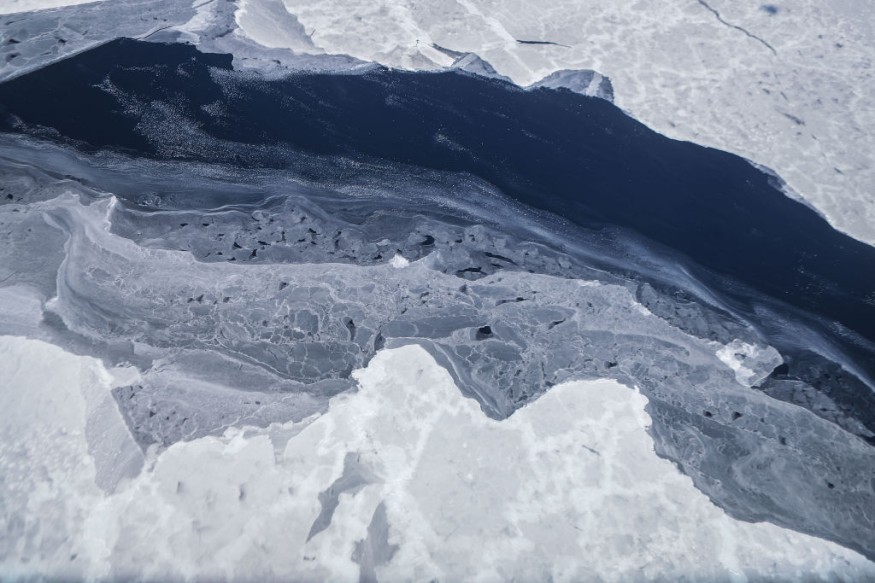
Experts said that the Antarctica has broken its record for the lowest sea ice as the global heat shifts into the region.
Data from the US National Snow and Ice Data Center indicated that on September 10, the Antarctic sea ice has reached its annual maximum extent of 16.96 million square kilometers (6.55 million square miles).
Scientists believed that this is the lowest sea ice maximum in the 1979 to 2023 sea ice record by a wide margin.
Alarming findings on Antarctica
This figure sets a record low maximum since the satellite record began in 1979. This year's maximum is 1.03 million square kilometers (398,000 square miles), which was below the previous record low set in 1986.
It is also 1.75 million square kilometers below (676,000 square miles) below the 1981 to 2010 average Antarctic maximum extent. Experts explained that the sea ice extent is markedly below the average north of Queen Maud Land and west of the Antarctic Peninsula.
Other low areas include the Indian Ocean and Ross Sea while the extent is above average stretching out of the Amundsen Sea.
It was explained that the Antarctic maximum extent has been one of the earliest on record, having reached it 13 days earlier than the 1981 to 2010 median date of September 23. Further, the interquartile range for the date of the Antarctic maximum is September 18 to September 30.
Researchers have observed that since early April 2023, the sea ice in the region has maintained its record low ice growth.
They noted that from early to mid-August, the growth slowed considerably, maintaining a difference of nearly 1.5 million square kilometers (579,000 square miles) between 2023 and 1986, or the second lowest year on satellite record.
Following that period, the ice growth was observed to have quickened and narrowed the gap to about 1 million square kilometers (386,000 square miles).
The study said that this was the first time that sea ice extent has not surpassed 17 million square kilometers (6.56 million square miles), falling more than one million square kilometers below the previous record low maximum extent set in 1986.
Extreme weather conditions
Scientists continue to untangle the reasons for the dramatic run of records of the sea ice as they look into the natural variability and global heat.
Experts observed that the weather conditions like winds and temperature could be the reason behind the day-to-day variations in ice extent.
They mentioned that there has been some concern that this phenomenon could be the beginning of a long-term trend of decline for Antarctic sea ice because oceans are warming globally.
Further, the warm water mixing in the Southern Ocean polar layer could continue.
They explained that the Southern Ocean and its sea ice is an important component of Earth's energy balance as it reflects sunlight back into space, and supporting a rich ice-edge ecosystem.
Meanwhile, if the dramatically lower sea ice extent continues to the 2024 summer minimum and beyond, many of the Antarctic coastline will be exposed to ocean waves and marine climate.
This may result in two opposing impacts, including the erosion of more perennial coastal ice and ice shelves and the destabilization of the ice sheet.
It will also result in an increased accumulation near the coast.
Related Article : Antarctica During Dinosaur Era Ravaged by Frequent Forest Fires [Study]
Related Video:
© 2025 NatureWorldNews.com All rights reserved. Do not reproduce without permission.





